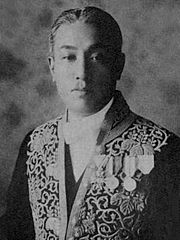
Shigeru Yoshida was a Japanese diplomat and politician who served as prime minister of Japan from 1946 to 1947 and again from 1948 to 1954, serving through most of the country's occupation after World War II. Yoshida played a major role in determining the course of post-war Japan by forging a strong relationship with the United States and pursuing economic recovery.

The International Military Tribunal for the Far East (IMTFE), also known as the Tokyo Trial and the Tokyo War Crimes Tribunal, was a military trial convened on 29 April 1946 to try leaders of the Empire of Japan for their crimes against peace, conventional war crimes, and crimes against humanity, leading up to and during the Second World War. The IMTFE was modeled after the International Military Tribunal (IMT) at Nuremberg, Germany, which prosecuted the leaders of Nazi Germany for their war crimes, crimes against peace, and crimes against humanity.

Tomoyuki Yamashita was a Japanese convicted war criminal and general in the Imperial Japanese Army during World War II. Yamashita led Japanese forces during the invasion of Malaya and Battle of Singapore. His conquest of Malaya and Singapore in 70 days earned him the sobriquet "The Tiger of Malaya" and led to the British Prime Minister Winston Churchill calling the ignominious fall of Singapore to Japan the "worst disaster" and "largest capitulation" in British military history. He was assigned to defend the Philippines from the advancing Allies later in the war. Although he was unable to prevent the superior Allied forces from advancing, despite dwindling supplies and Allied guerrilla action, he was able to hold on to part of Luzon until after the formal Surrender of Japan in August 1945.
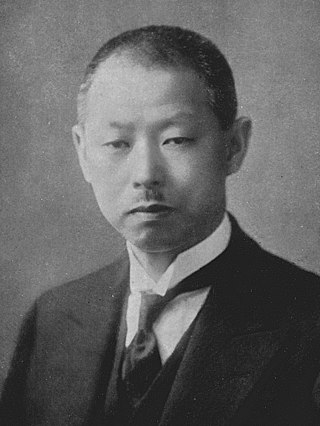
Yoshisuke Aikawa was a Japanese entrepreneur, businessman, and politician, noteworthy as the founder and first president of the Nissan zaibatsu (1931–1945), one of Japan's most powerful business conglomerates around the time of the Second World War.
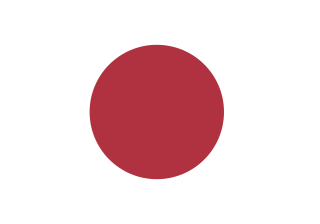
Malaya, then under British administration, was gradually occupied by Japanese forces between 8 December 1941 and the Allied surrender at Singapore on 15 February 1942. The Japanese remained in occupation until their surrender to the Allies in 1945. The first Japanese garrison in Malaya to lay down their arms was in Penang on 2 September 1945 aboard HMS Nelson.

Zhang Jinghui was a Chinese general, warlord and politician during the Warlord era. He is noted for his role in the Japanese puppet regime of Manchukuo in which he served as Prime Minister for most of its existence.

The British Military Administration (BMA) was the interim administrator of British Malaya from August 1945, the end of World War II, to the establishment of the Malayan Union in April 1946. The BMA was under the direct command of the Supreme Allied Commander South East Asia, Lord Louis Mountbatten. The administration had the dual function of maintaining basic subsistence during the period of reoccupation, and also of imposing the state structure upon which post-war imperial power would rest.
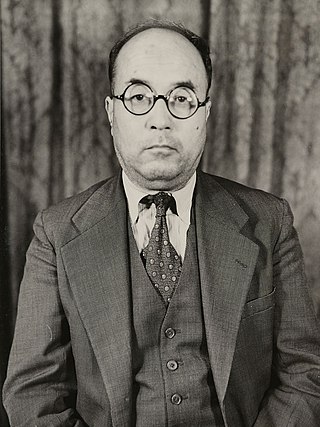
Naoki Hoshino was a bureaucrat and politician who served as Chief Cabinet Secretary under Prime Minister Hideki Tojo from 1941 to 1944. He was an official in the Ministry of Finance during the Taishō and early Shōwa period, and a senior official in the Empire of Manchukuo.
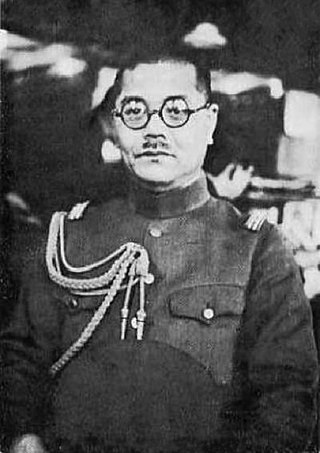
Hideo Iwakuro was a major general in the Imperial Japanese Army during World War II. He is also known as one of the founders of the Kyoto Sangyo University.

Masayuki Tani (谷正之) was a Japanese diplomat and politician who was briefly foreign minister of Japan from September 1942 to 21 April 1943 during World War II.
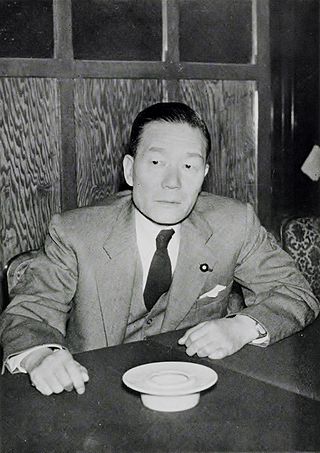
Etsusaburo Shiina was a career bureaucrat and politician. As Foreign Minister of Japan from 1964 to 1966 he played a pivotal role in diplomatic relations between Japan and the Republic of Korea.
Tsunenori Shimizu was a career military officer and a lieutenant general in the Imperial Japanese Army during World War II.

Yoshiaki Hatta, was an engineer, entrepreneur, politician and cabinet minister in the Empire of Japan, serving as a member of the Upper House of the Diet of Japan, and five times as a cabinet minister.
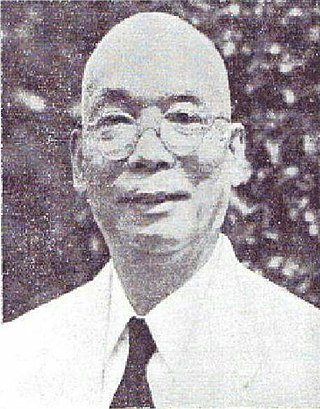
Leong Yew Koh was a Malayan politician who served as the 1st Yang di-Pertua Negeri of Malacca from the independence of the Federation of Malaya in August 1957 to August 1959 and Minister of Health from 1955 to 1956, Minister of Health and Social Welfare from 1956 to 1957 and Minister of Justice from 1959 to his death in January 1963. Being a Kuomintang member himself and serving under the Republic of China government from 1932 and later become the leader of Overseas Chinese Anti-Japanese Army branch in Perak from 1942 until 1945, he is one of the founders of the Malayan Chinese Association (MCA) in 1949 and the party first secretary-general.

Michio Yuzawa was a bureaucrat and cabinet minister in early Shōwa period Japan.

Yoshishige Abe was a philosopher, educator, and statesman in Shōwa period Japan. As Minister of Education in the immediate post-war era, he oversaw major reforms to the Japanese educational system.

Before the outbreak of World War II in the Pacific, the island of Borneo was divided into five territories. Four of the territories were in the north and under British control – Sarawak, Brunei, Labuan, an island, and British North Borneo; while the remainder, and bulk, of the island, was under the jurisdiction of the Dutch East Indies.
This article lists important figures and events in the public affairs of British Malaya during the year 1943, together with births and deaths of prominent Malayans. Japanese forces continued to occupy Malaya.
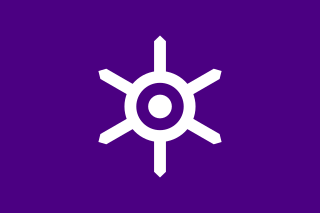
The Governor of Tokyo is the head of government of Tokyo.
